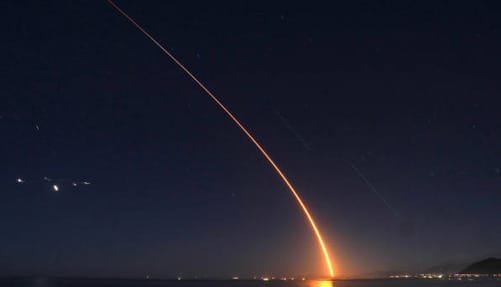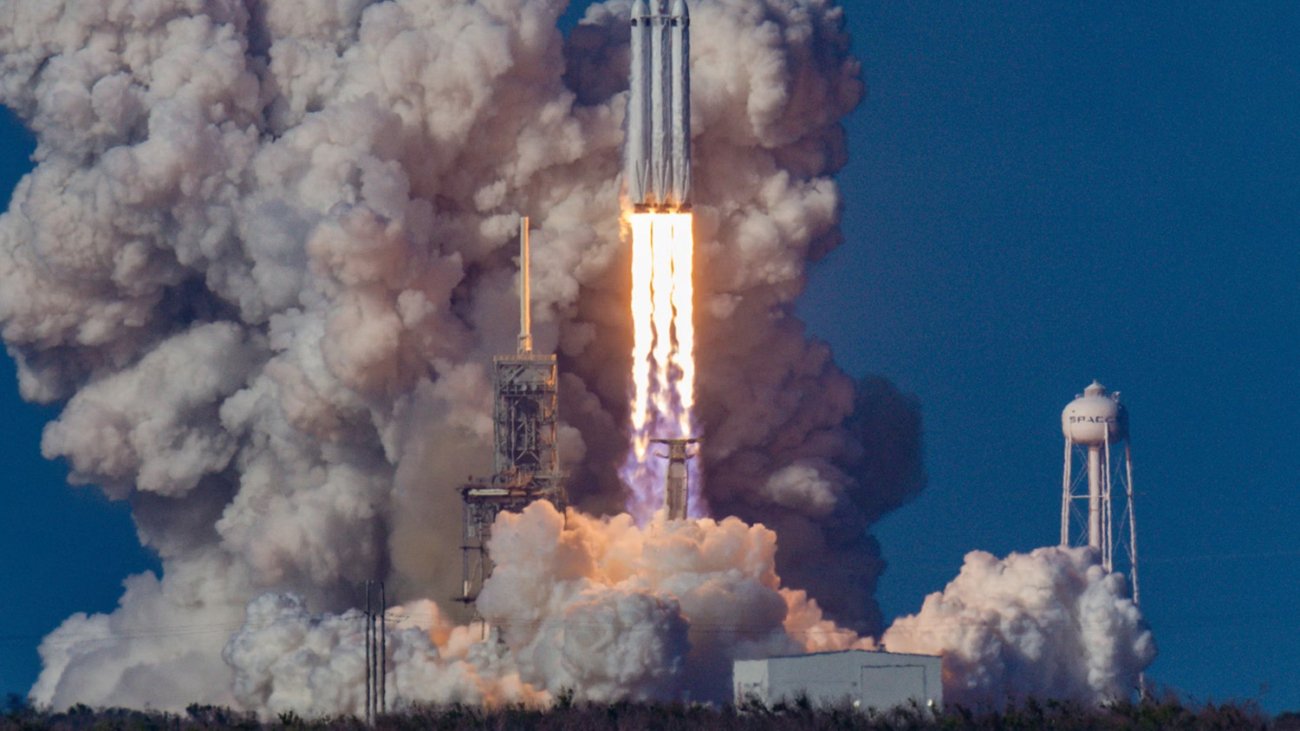Exploration Duo There are two privately developed lunar landers, one from Texas, USA, and the other from Japan, now on their way to the Moon after securing a cost-sharing deal to launch a SpaceX Falcon rocket. The launch, which took place early Wednesday morning from the Kennedy Space Center in Florida, carried cargo from two promising spaceflight start-ups: Japan’s Space and Texas’s Firefly Aerospace. It is a highlight in the competition between private space companies to reach the lunar surface and an important step towards lunar exploration.
What is salvation, and what does the mission of space achieve for it?
For space, the lunar mission is considered a chance for redemption. The company’s first attempt at the first private moon landing in April last year failed when the spacecraft inexplicably gained speed and catastrophically crashed on the Moon. This time, the company sent the Resilience rover to collect lunar dust samples for analysis and check potential resources for presence-based experiments, which are essential for the lunar mission. “Resilience will then conduct a series of short, slow excursions from its lander, which is expected to have landed in Mare Frigoris in the northernmost region of the Moon,” the company added. “It is effectively saying, ‘We will investigate the metallic content of lunar dust, and we will examine future water and food reserves as valuable resources for astronauts.'” There is no doubt that the mission is equally important for space as a business venture and for the future of lunar research. The company’s rover weighs 11 pounds (5 kg) and will be crucial in determining the resources on the Moon and providing the technology needed for future lunar research.
What role will Blue Ghost play for NASA?

At the same time, Firefly’s Blue Ghost lander will help NASA achieve the goals of the Artemis program, which aims to send humans to the Moon with such frequency by 2027. NASA has contracted Firefly and paid the company $145 million for the mission and ten key experiments, such as vacuuming lunar dust, drilling beneath the surface to measure temperatures, or testing two new tools to help astronauts wash the abrasive dust off their suits and equipment.
The Blue Ghost Mission, led by Firefly, is one of the first to be undertaken based on a new trend where more companies than government organizations will land on the Moon. “This mission will help establish frequent lunar exploration, which we are all working towards,” said Jason Kim, CEO of Firefly Aerospace.
What will happen during the night of the Moon and the lunar eclipse?
As part of the test of a single lunar day, both landers will be operational for about two weeks during the lunar day and then face the lunar night. This period allows the spacecraft to collect much-needed data and images. In the final phase of the lunar cycle, Firefly’s Blue Ghost lander will attempt to photograph a total solar eclipse as seen from the Moon when the Earth obscures the Sun. Kim said, “We expect to capture a phenomenon recorded by Eugene Cernan when he was on Apollo 17, where the meteorologist noticed a glow on the horizon as the lunar dust rose from the moon’s surface.” This is a once-in-a-lifetime experience; capturing it in high resolution is a privilege. We dedicate this to the last Apollo astronaut ever walking on the Moon.
How does the Artemis Program impact the evolution of lunar missions?
Firefly has been contracted to supply equipment to the space station through NASA because the Artemis program sees commercial space industries getting involved in lunar missions. This new partnership will improve lunar landing rates and pave the way for future commercial and crewed missions. Each lunar exploration mission brings us closer to a regular human presence on the nearest celestial body, the Moon. Later this month, Intuitive Machines, another Texas-based space exploration company, is expected to complete the second of the four lunar missions it had committed to under NASA’s Artemis initiative. The mission, IM2, will carry a lander module, tools to search for water, and a new device called the Micro-Nova hopper. This marvellous gadget can verify experiments inside and outside shaded areas,” this is very important.

